Ladies Companion
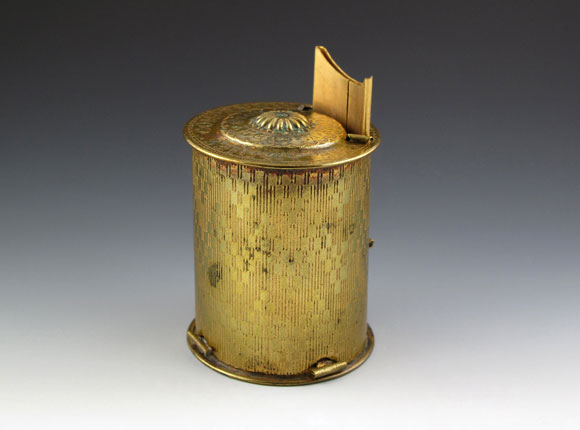
Needle Case (double herringbone version)
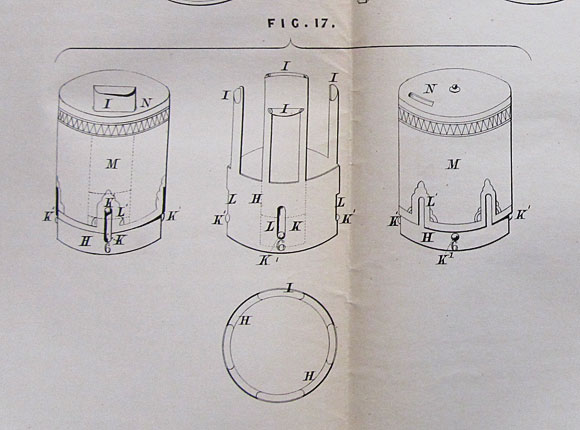
Patent
Design Details
Needle Case Type: |
Figural |
Patent/Registered to: |
William Avery & Albert Fenton - Redditch |
Patent/Design Representation #: |
Mechanical Patent #2998 (Fig. 17) |
Patent/Design Registration Date: |
October 14, 1869 |
Location of Patent/Design Registration: |
British Library - Business and Intellectual Property Centre - London |
Reference #: |
1869-2998 |
Dimensions: |
3.6 diameter x 4.7 |
Material: |
Brass |
Name Variations: |
a) W. Avery & Son - Redditch
b) Mappin & Webb - London & Sheffield
c) Perry & Co. |
Other Variations: |
a) curvilinear pattern on cylinder with flat center circular decoration on top
b) double herringbone pattern on cylinder with slightly raised center circular top decoration
c) single herringbone pattern on cylinder with raised center circular knob on top |
Additional Photographs
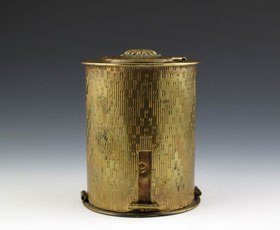
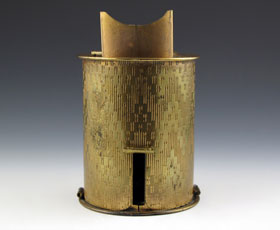
Side view closed and open (double herringbone version)
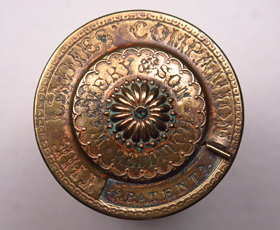
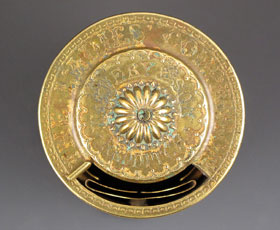
Top view closed and open with Avery signature detail
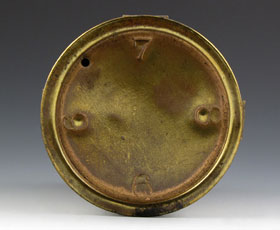
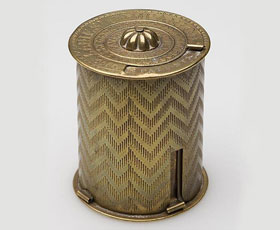
Bottom view and single herringbone version (photo from eBay)
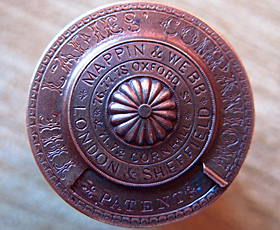
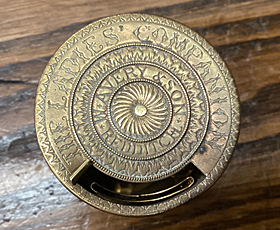
Top view with Mappin & Webb signature detail (photo courtesy of David Chatterley) and flat top curvilinear version (photo courtesy of Gary Donis)
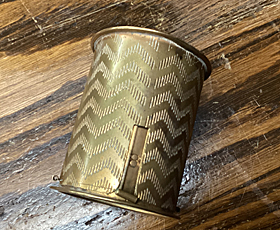
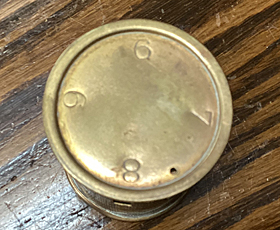
Side view and bottom view of the curvilinear version with flat top (photos courtesy of Gary Donis)
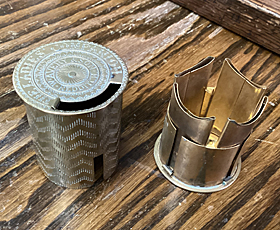
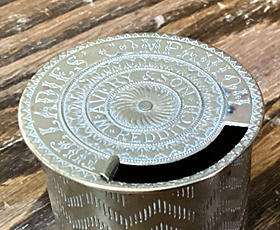
Additional views of the curvilinear version with flat top detail (photos courtesy of Gary Donis)
Facts
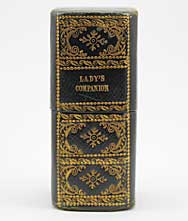
The Ladies Companion is a type of English sewing compendium which dates to the mid-19th century. The term refers to sewing cases in the
form of boxes with tools stored in an upright position, often in the form of a book with leather covering and the words Ladies Companion stamped on
the spine. Other similarly configured boxes having more exotic outer materials such as tortoise shell or mother of pearl, are also grouped
with these though might predate them. These compact sets were intended for travel. Typically they contain a thimble, folding needle book,
scissors, bodkin, stiletto, mirror, and pencil with aid memoir but might also include perfume bottle, tape measure, crochet hook, knife or spools
for thread.
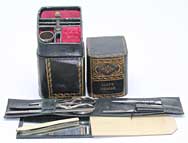
History
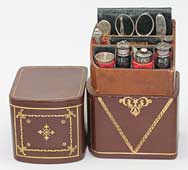
By the 18th century useful items and tools were grouped in etuis for the convenience of men and women. These might be carried or be made to
be worn using a waist hook in a similar manner to what was later called a chatelaine. Tools were valuable so were kept for safety on the
person. By the end of the century sewing work boxes became fashionable however there was still a need for small cases containing the essential
sewing tools as it was not unusual for well to do ladies to carry needlework to social gatherings. These cases were frequently of French
origin and quite ornate having ivory or tortoise shell cases with gold or silver gilt tools and additionally valued for the admiration they drew
from others. By contrast, the ladies companion though occasionally having silver tools, more commonly held steel tools making them appear much
more utilitarian. That is not to say Victorian ladies did not appreciate the ornate as this was also the time of frivolous miniature sewing
sets and elaborate necessaires which were surely intended only for parlour display.
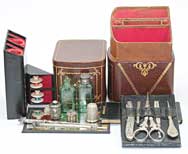
Miscellaneous
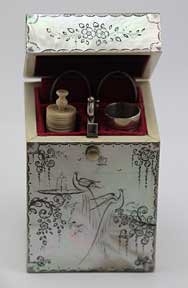
The term ladies companion had yet another meaning in the 18th and 19th century referring to a lady of good social standing who accepts the role
of companion to a woman of higher status and wealth usually a widow or unmarried woman. This arrangement was one of the few opportunities for
a woman of genteel birth without means to maintain her social standing. Essentially she was expected to provide company, entertain, or
chaperone as required for which she was provided accommodation, meals and perhaps an allowance. Her status in the household was above that of
servant and she lived and dined with the family.
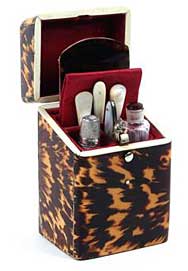
Note: Right side panel text and photos provided by Lynda Herrod.
























